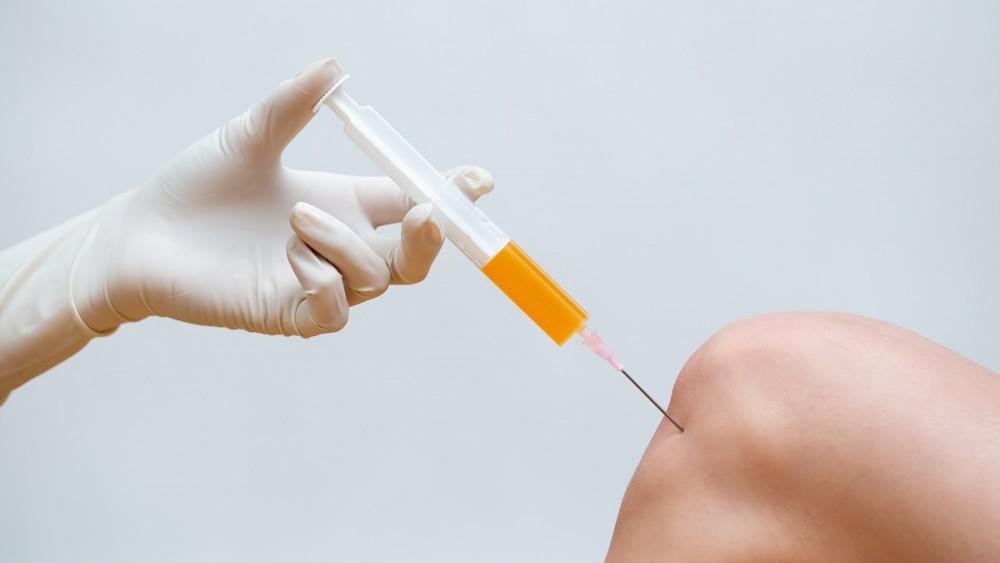Beyond the Mask: How PRP Therapy Treats Pain at the Source
Just to clarify, pain-relieving medications are a valuable tool for managing many painful conditions. However, they usually work by masking your symptoms, not treating them. That’s what makes platelet-rich plasma (PRP) such a game-changer in the world of pain management.
PRP is a completely different form of treatment. That’s because this regenerative medicine therapy works to promote healing in the body instead of simply addressing the pain it may cause.
Dr. Jared Tadje offers state-of-the-art tools and technologies at Tadje Orthopaedics in Meridian, Idaho. His first line of defense typically involves conservative treatments to relieve pain in the most effective ways, like PRP. If you’ve been hearing about this innovative therapy lately, here’s why.
PRP Basics
As we mentioned above, PRP falls into a specific treatment category known as regenerative therapy. These treatments work to promote the natural healing process in the body, which resolves pain and improves function in the area at the same time.
There are different types of regenerative treatments that use different methods to activate new cell growth and repair. With PRP, it’s the healing elements — or growth factors — found in the blood, like platelets.
When we concentrate the platelets into a therapeutic injection, you can receive 5-10 times as many growth factors, giving PRP the remarkable ability to activate cell regeneration in an area of your body with damage.
Plus, Dr. Tadje and his team use your own blood to prepare your PRP injection, so it comes with few risks or side effects.
PRP and Pain
Once injected into a pain site, the growth factors in your PRP sample get to work to decrease inflammation and promote healing of damaged tissue. As healthy cells return to the area, you experience less pain and inflammation, reducing your need for other pain medications.
You may also experience improved function in the treatment area.
PRP works with several types of pain conditions all over the body, such as:
-
Soft tissue injuries affecting ligaments, tendons, rotator cuff, and muscles
-
Joint pain, including arthritis
Dr. Tadje can also use PRP in minimally invasive surgeries as well as postoperatively to help speed up and support the healing process. It’s no wonder so many people are turning to PRP for pain relief.
What to Expect From PRP
Another advantage to PRP is that treatments are quick and straightforward.
First, we collect a blood sample and prepare your therapeutic injection by spinning it in a centrifuge. This machine spins the blood at a high rate of speed to separate and concentrate the platelets and growth factors.
When it’s ready, Dr. Tadje injects your PRP sample into the precise location causing your pain using ultrasound guidance. That’s it. There are no risky medications or downtime.
After PRP therapy, you may have minor tenderness at the injection site, but our patients typically can resume most regular activities. Dr. Tadje can offer personalized recommendations based on your pain condition, its location, and your activity level.
Results Timeline
Since PRP works by healing damage in your body, it can take time for the results to appear. But over the weeks to come, you should start seeing improvement in the treatment site. And in most cases, you reach the full benefits within three months.
Dr. Tadje may also recommend a series of PRP injections to ensure you get the best results. This is individualized based on your needs and response to the initial injection.
Could PRP help your pain? Contact us today at Tadje Orthopaedics to schedule a consultation with Dr. Tadje or one of his Physician Assistants by calling 208-515-2654.

